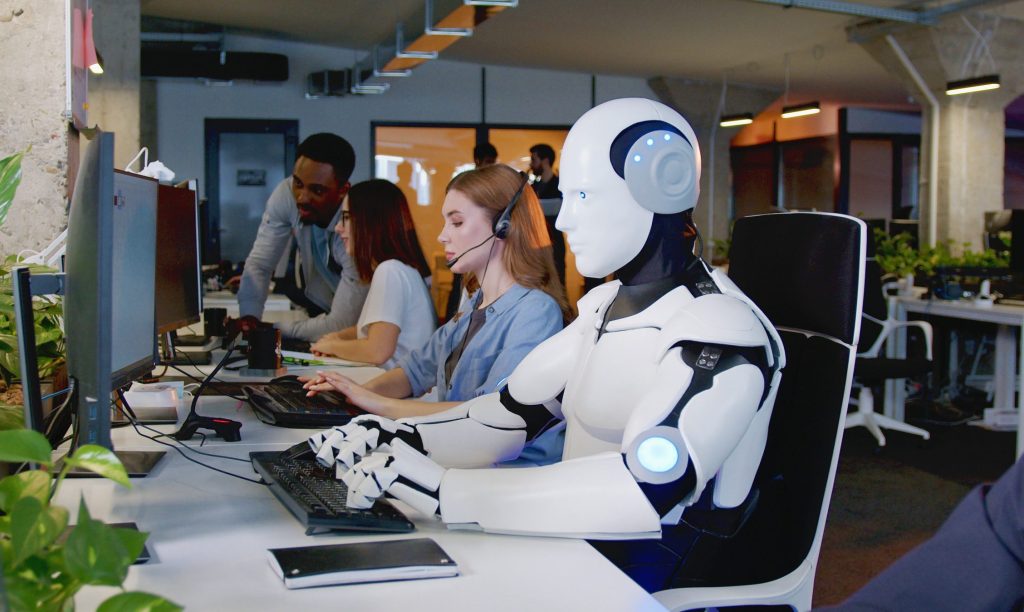
It’s unlikely that AI will replace many human workers for the foreseeable future because it still costs less to use people than to train AI to do most jobs, according to a recent study from the computer science and AI lab at the Massachusetts Institute of Technology. (Source: Adobe Stock)
MIT Study Finds AI Won’t Replace Humans in Labor Force for Now Due to Cost
Many fear that AI will rapidly replace human jobs, but a study from MIT suggests that this automation may progress slower than anticipated. The study focused on whether AI could perform tasks and whether it was economically viable for companies to automate these tasks.
The MIT study found that while computer vision AI, capable of recognizing and categorizing objects in images, can automate tasks accounting for 1.6% of worker wages in the U.S., it’s cheaper for firms to pay human workers for 77% of those tasks. The paper suggests that AI job displacement will be significant but gradual, leaving room for policy and retraining to reduce unemployment impacts.
The study also highlights tasks like analyzing images or examining items, which AI could feasibly accomplish. However, the fragmentation of these tasks often makes automation uneconomical. The research only focused on computer vision AI, excluding more flexible large language models like GPT-4 from OpenAI, which are estimated to impact 50% of tasks for 19% of U.S. workers.
The cost of fine-tuning computer vision systems for specific tasks can be high, making it economically sensible for only large companies. In comparison, fine-tuning a language model for a specific task can be as simple as providing a detailed list of written rules. For example, GPT-4 managed to carry out content moderation on digital platforms effectively after being fine-tuned with a policy document and few labeled examples. As a result, large language models could be applied to a wide range of economic tasks more quickly and affordably than computer vision models. Nonetheless, costs remain restrictive as long as a small engineering team is needed to integrate the system into a workflow.
read more at time.com







Leave A Comment